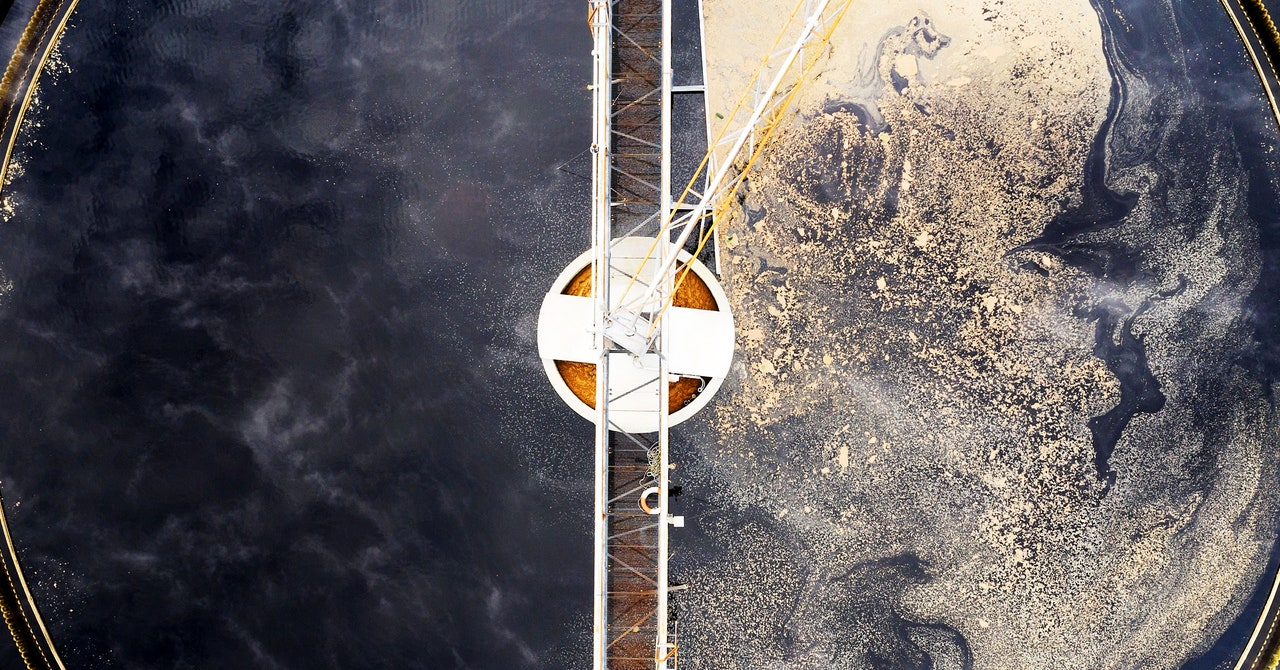
There are enough Covid-detecting wastewater efforts running now that the CDC’s new dashboard contains data from 471 points of analysis, including municipal sewage systems, university water treatment facilities, and the labs of academic researchers. “CDC is supporting 37 states, four cities and two territories to help develop wastewater surveillance systems in their communities,” Amy Kirby, team lead for the National Wastewater Surveillance System, said in a media briefing announcing the system. “The real power of this program will be more evident in the coming weeks when hundreds more testing sites will begin submitting data.”
That many sites might sound comprehensive, but as analyst Betsy Ladyzhets revealed in her newsletter Covid-19 Data Dispatch, almost half of them are clustered in three states: Johnson’s Missouri network, plus Ohio and Wisconsin. Another seven states—California, Colorado, New York, North Carolina, Texas, Utah, and Virginia—have enough sampling sites to deliver a usable picture of the virus’s movement in their territories. But most states do not, and 18 of them have no wastewater analysis sites at all. “While the CDC’s new wastewater tracker offers a decent picture of national Covid-19 trends,” she wrote, “it’s basically useless for local data in the majority of states.”
Those data gaps are a warning of where the Covid response is still flying blind, but they also represent an opportunity. They are places where low-cost, low-effort detection systems, designed from the start to to report the same sets of data, could be installed in existing wastewater plants to build a cohesive network. Building out wastewater detection is one goal of the Rockefeller Foundation’s new Pandemic Prevention Institute, which aims to knit disparate data streams into global detection networks.
“We’ve been seeing this done here, in Ghana, in Bangladesh, all over India, at the UK Health Security Administration,” says Samuel Scarpino, the Institute’s managing director of pathogen surveillance and affiliate faculty at Northeastern University, where he worked on the Somerville city project. “But there’s nobody pulling all of that information together, layering it with the clinical genomes, layering it in with the epidemiological data and trying to look at the big picture. It’s that stitching-together piece that’s still the biggest gap.”
The real promise of wastewater surveillance, though, is what detection systems might deliver once they can broaden their scope beyond the grind of tracking Covid. Kassem’s mcr find suggests how utilities could track antibiotic-resistant bacteria. Some cities, such as Houston and Tulsa, and some private companies, such as Biobot, which spun out of the Massachusetts Institute of Technology, have begun scanning sewage for influenza, sussing out clues of flu season’s arrival and potentially measuring its intensity. Ultimately, researchers hope that wastewater analysis could deliver intelligence on the advent of previously unknown pathogens, including ones that seem candidates for causing future pandemics.
New work from the CUNY team shows an early glimpse of that possibility, while also revealing the difficulties involved in identifying what an aberrant signal means. For a year, the group has been finding what they call “novel cryptic SARS-CoV-2 lineages,” variations of the virus that do not exist in the shared international databases where sequencing results are recorded. “Not only have they not been seen anywhere in New York City or the United States, they have never been observed in clinical samples anywhere in the world,” Dennehy says. “They have only been detected in wastewater—tantalizing hints of some unknown strains, whose origin we can’t pinpoint at this point.”


